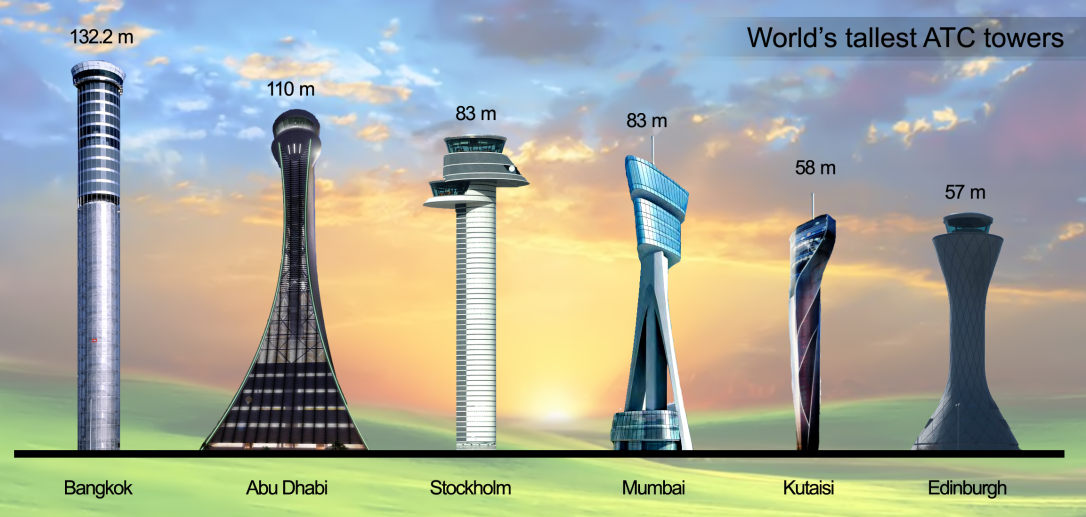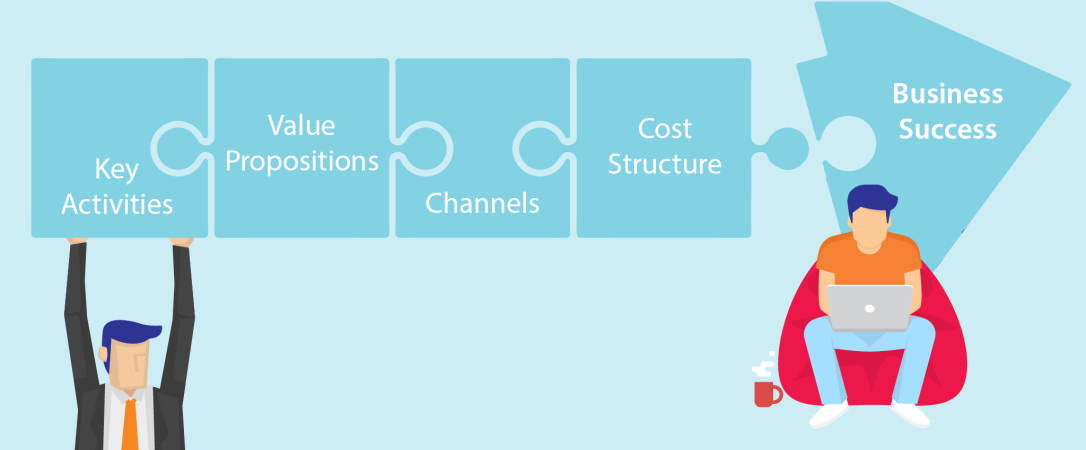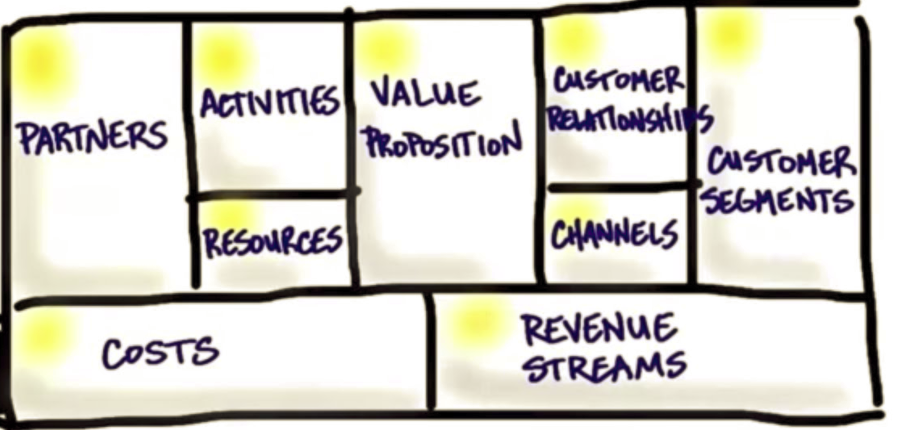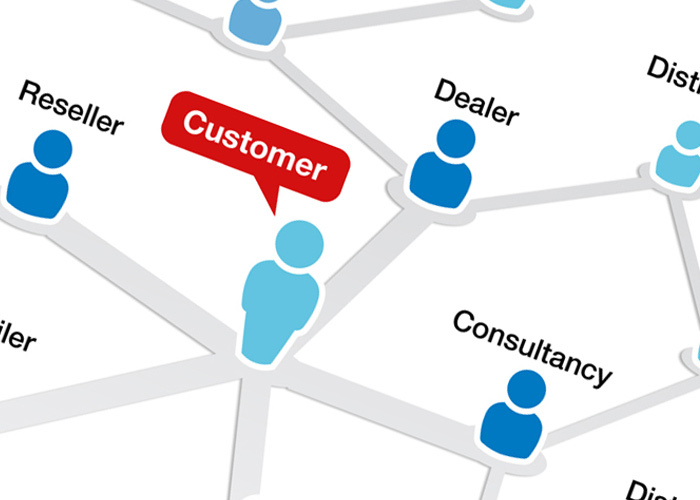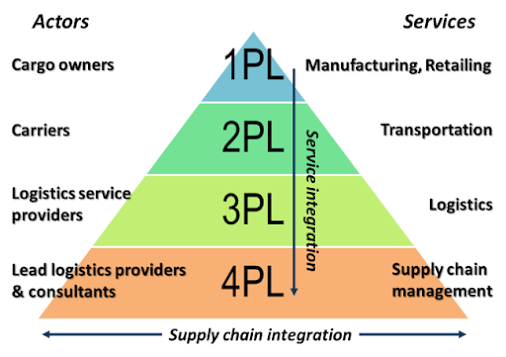Dear reader,
The previous blogs were mostly about Control Towers and the ideal way how control towers are implemented and used in supply chain solutions. The Simacan guest lecture showed me a more practical approach to control towers. Next to that the simacan control tower is a real case which makes it more interesting.

Simacan is a company that was founded by two former engineers of TomTom. The company offers Control Tower solutions with the main thought that the control of the logistic operation should be with them who are responsible for it. The control tower is already integrated by companies like Ahold-Delhaize and the Port of Rotterdam. The solution offers clients the ability to monitor their current operations and take action wherever it is needed. In the next part of this blog I will elaborate on the four pillars they found were at core of there solution.
The four pillars of solution;
- Focus
- Resolve
- Inform
- Achieve
- Focus
The focus element is based on specific routes for transport. To gain visibility real time traffic information such as congestion and accidents are crucial. The system calculates overtime based on these extra traffic information elements. For the last mile process and transport that is related to procuction processes it is very usefull to have a system that calculates the time that is needed based on real time information. For example when a truck load that needs to go in the production is stuck in traffic. With the simacan system this would be known at the factory and thus enabling them to produce another product first. The fact that the system knows about service KPI’s enables it to monitor.

- Resolve
The basis that is laid in the focus element is further used in the resolve part. The information that has been gathered is here used to resolve problems. For example when a transport planner gets information about its trucks he then has to solve how all the transport is going to take place regarding customer wishes and traffic specifics. This element enables customers meet consumer expectations and thus customer wishes.
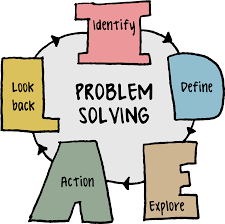
- Inform
The inform element makes sure every involved party is informed accordingly. This means the user can find valuable data about shipments in an overview. For the customers information is available regarding why shipments are late. It also contains general information regarding transport such as requested arrival times of customers.
- Achieve
The achieve element gives a way to go for the future, whit the data that is collected processes can be optimized which can lead to new ways of reducing cost or achieving more from certain processes. With the data new standards can be put in place that lead to more efficient processes and thus in the end a higher ROI for the involved companies.
I hope everybody enjoyed reading.
Roy Smits


